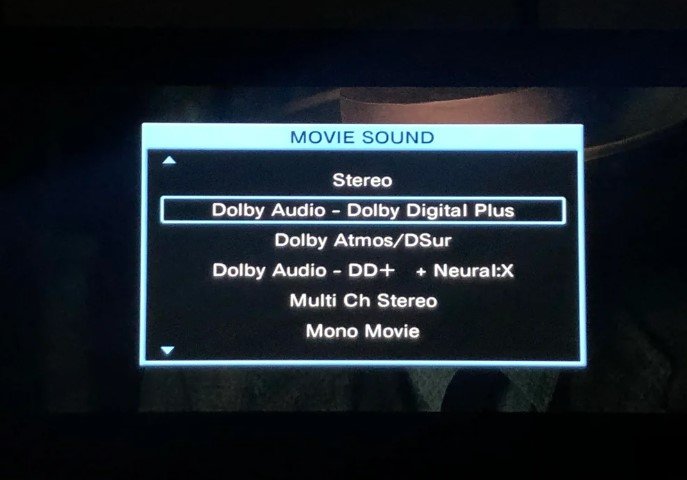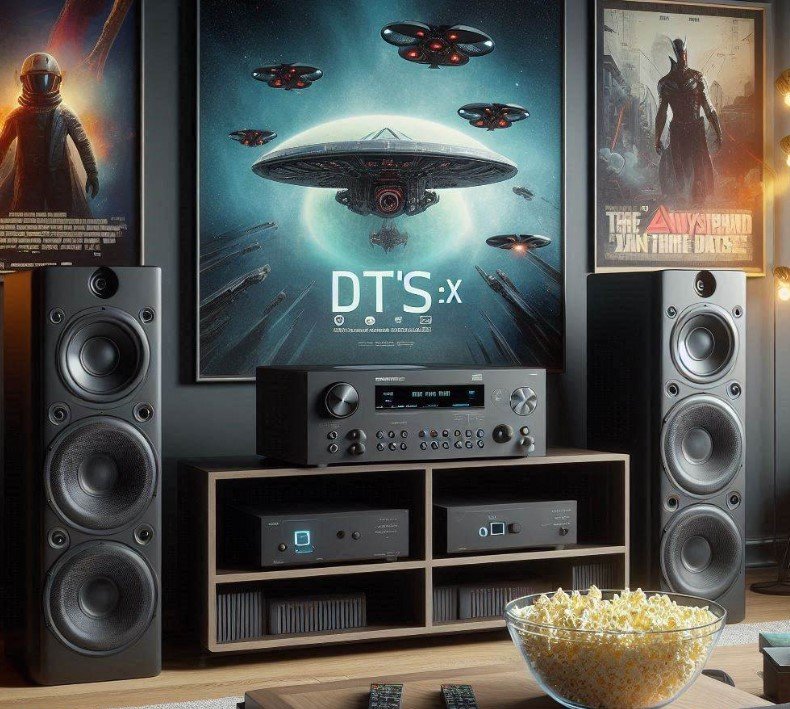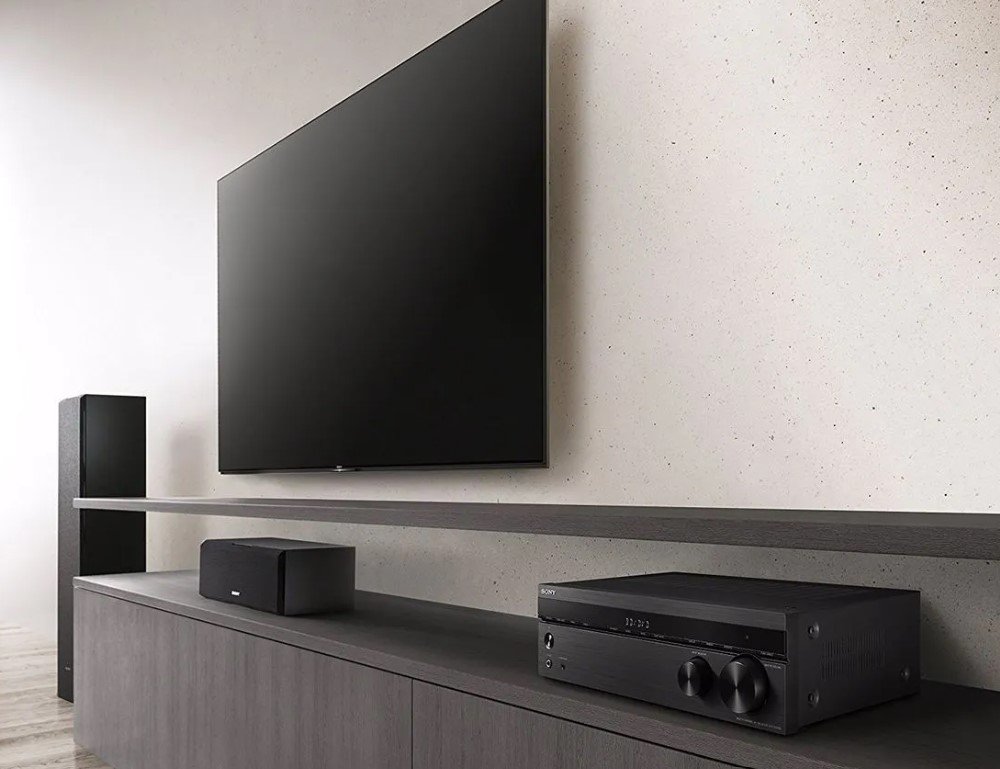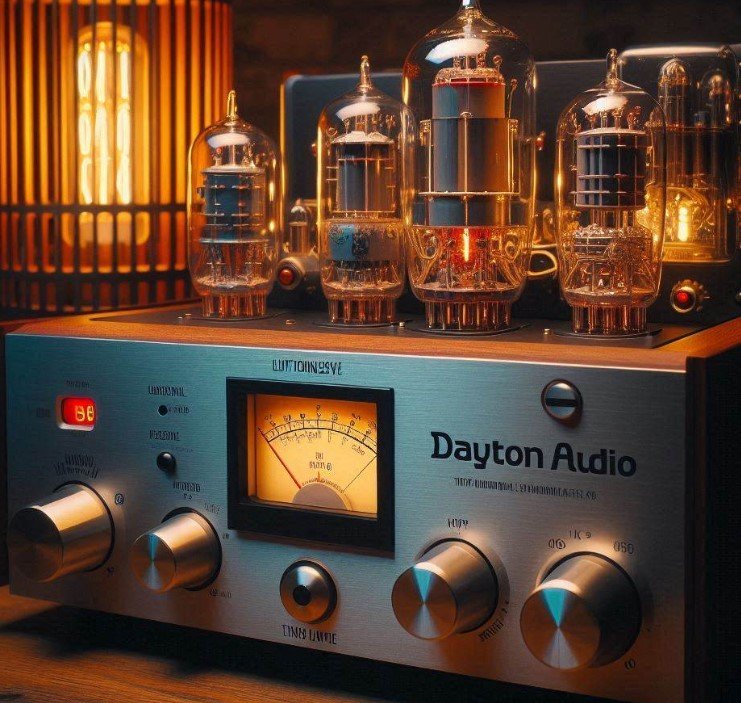DTS Neural X Vs Dolby Surround [Which One Is Better?]
In this article you will learn about DTS Neural X Vs Dolby Surround and understanding the features, performance, and compatibility will help you decide which is more appropriate for your use. The selection of mixing technology is crucial for establishing the sound quality of such systems when installing a home theater or an immersive sound system. DTS Neural X And Dolby Surround are two of the most well-known upmixing technologies, designed to deliver the optimal solution for multi-channel speaker systems in an audio playback system.
DTS Neural X Vs Dolby Surround [Which One Is Better?]
When comparing DTS Neural X and Dolby Surround, DTS Neural X often comes out as the better option for those seeking highly immersive and expansive soundscapes.

DTS Neural X is famous for its high-quality spatial audio delivery, particularly with the non-DTS content upmixing to multi-speaker arrangements. It provides a wider, more dimensional soundstage and is, therefore, perfect for action films or large-scale audio setups.
Dolby Surround is very flexible, easily emulating legacy and Dolby content and providing natural and balanced sound replication. It is more commonly favored for smoother fusion with Dolby Atmos systems. If you are focusing on immersive sound with more granular spatial effects, DTS Neural X may sound better.
What Is DTS Neural X?
DTS Neural X is an advanced audio processing technology, proposed by DTS, for providing an immersive multichannel surround sound experience by upmixing single-channel audio to a 3D sound field.
It does so by creating object-extraneous, non-object-based audio, such as stereo, 5.1, and 7.1-channel soundtracks, and extending them to 3D surround experience with overhead channels, which in general, are applied to systems like Dolby Atmos or DTS.
What Is Dolby Surround?
Dolby Surround is a new audio engineering technology capable of producing a highly immersive, multidirectional sound experience, ideal for movies, music, and so on. It stimulates the process of human hearing; hence it is widely exploited in many devices including:
- Home theater systems
- Tablets
- Smartphones
- PCs
- DVDs and Blu-ray Discs
- HDTV broadcasts
- Cinemas
- How Dolby Surround Works
Delivering a Multidimensional Soundstage
The technology allows sound cues to radiate from all sides, which creates an alluring, immersive experience significantly more interesting than could be achieved with conventional two-channel stereo sound systems.
Utilizing Multiple Audio Channels
Dolby Digital 5.1 Surround Sound consists of five separate full-range audio channels and one LFE channel and provides rich detailed full-range high-quality audio with rich sound.
Adding a Height Dimension
Enhanced implementations, for example, Dolby Atmos, extend the concept by introducing a spatial dimension of the audio. This overcomes the technical barrier that the sound should be precisely located in a 360-degree sphere including a head-around, to achieve a more-immersive effect.
Comparison Between Dolby Surround And DTS Neural:X
In contrast to Dolby Surround, it proves to be the right one for the majority of users as it is more flexible, provides natural sound restitution, and is widely compatible.
Dolby Surround performs particularly well in restoring the original intention of audio channels and therefore is suited for movies, television, and other works of dialogue.

It is well integrated with Dolby Atmos, which is the benchmark for immersive audio and is able to generate a realistic height effect without intensifying the effect. Furthermore, its wide coverage of home theater systems, streaming software, and Blu-ray discs also guarantees a constant and stable experience with all kinds of content.
While DTS Neural Provides a more immersive, large-scale soundscape, which is ideal for action movies and games, but may become aggressive in its processing sometimes.
Dolby Surround provides an optimally balanced and realistic soundstage it’s therefore the better choice for users wanting clarity, accuracy, and cross-media compatibility. However, for the user who is interested in natural audio with lowkey but meaningful fine tunings, Dolby Surround is the winner.
Difference Between DTS Neural X Vs Dolby Surround
The major difference between DTS Neural Audio Dolby Surround is in how the sound is implemented and with different support. DTS Neural provides a sonic identity both unique and grand, ideal for gaming and action films, whereas Dolby Surround is meant to provide one that is purer in construction and natural in sonics.
For users seeking versatility and wide compatibility across devices and content types, Dolby Surround is the better choice. Nevertheless, if you primarily care about a dynamic, immersive, 3-dimensional sound experience, DTS Neural may be more to your liking.
DTS-HD MSTR Vs DTS-HD St. D. Vs DTS Neural:X; Which One Is Better?
Compared with DTS-HD High-Resolution Audio and DTS Neural, DTS-HD Master Audio is a better option for most users since it has lossless audio quality without any compromise.
DTS-HD Master Audio is the standard of high-definition lossless audio that provides audio with the original creator’s intent and no compression or quality decline. That is the reason why it’s the best option for audiophiles and those who want the most natural sound in movies, music, or other media.
In contrast, DTS-HD High-Resolution Audio (St. D. is a lossy format but can deliver high quality and thus represent an efficient solution for applications where storage or bandwidth is limited, like stream platforms.
DTS Neural is a technology based on upmixing and not standard audio format. It enriches existing legacy content by adding stereo, 5.1, or 7.1 tracks to a 3D soundscape by using height and surround speakers. That is, it is ideal for the development of an immersive experience, above all in home theaters in the current era.
Is DTS:X Better Than Dolby?
No, DTS is not always superior to Dolby; the choice is dependent on your particular requirements and system. DTS provides freedom in the speaker configurations and allows the full use of high bitrates which translates to an excellent quality of audio in ideal circumstances.

In contrast, Dolby Atmos is more widely deployed across streaming services, devices, and content and is leading in the design of rich, immersive soundscapes through cutting-edge object-based audio technology.
Does DTS Neural-X Sound Better Then Dolby Atmos?
No, DTS Neural does not seem to be (and is not) superior to Dolby Atmos. However, DTS Neural is an upmixing technology that can improve conventional surround sound by augmenting with heightening channels, while Dolby Atmos is an object-based audio format that is an aggressive step beyond pure upmixing. Dolby Atmos supports accurate “location” of sound and a more “dynamic” and immersive audio environment particularly when content is specifically designed for it.
DTS Neural X Sends All The Bass To Center Channel
DTS Neural may not always direct all the bass to the center channel, however, it can provide low-frequency effects (LFE) to all the sub-channels – even the center channel – based on content and speaker configuration.

DTS Neural is designed to upmix standard surround sound content to create a more immersive experience, which includes redistributing audio across available speakers, including adding height channels. In general, a purpose-built subwoofer is responsible for the bass sounds, and the center channel deals with the dialogue and other mid-range sounds.
How Dolby Surround & DTS Neural:X “Upmixers” Work On New Denon X2800?
The Dolby Surround, and DTS Neural both operate as upmixers to augment standard surround sound material and produce an immersive audio experience in Denon X2800.
Dolby Surround upmixes stereo and/or 5.1-channel audio by spreading it across all active speakers (and including overhead channels in as much as the system allows Dolby Atmos soundstage to be as large as possible, all speakers act like sources, and not a single one can be neglected).
In the same way, DTS Neural upmixes stereo, 5.1, or 7.1 sound adding height information and re-distributing the sound, offering a more spatial and three-dimensional effect.
Both upmixers enhance the quality of content that is not originally mixed in object-based, such as Dolby Atmos or DTS, formats, so it can listen in an even more enveloping way on the Denon X2800.
Conclusion
To Conclude, preference plays a role when deciding between DTS Neural X Vs Dolby Surround. DTS Neural offers a more immersive, expansive soundstage, ideal for action films and gaming, creating a 3D surround experience with added height channels.
In contrast, Dolby Surround gives a natural, balanced sonic experience, leading the way for content suitability and ease of integration with Dolby Atmos. Dolby Surround is the way to go if you are looking for adaptability and transparency. Yet, for a richer and more engaging experience, DTS Neural stands out.
Frequently Asked Questions
How to improve center channel sound?
Place the center speaker in front of the listener at the same level as the listener’s ear, right in the listener’s field of view, and that it has a high-frequency response to achieve clear dialogue. Adjust its volume with your AV receiver, and calibrate your system to ensure the correct positioning and acoustics of the room.
Do you need special speakers for DTS:X?
No, there is no requirement for special speakers, but overhead, height, or surround speakers are suggested for ideal DTS.
What is passthrough audio?
Passthrough audio sends the original audio signal from a source device to an AV receiver without processing, allowing the receiver to decode formats like Dolby Atmos or DTS.
Is spatial audio better than Dolby Atmos?
Spatial audio and Dolby Atmos both offer 3D sound, but Dolby Atmos generally provides more ambiance, especially in multi-speaker environments.
Can Dolby Atmos play DTS?
Yes, Dolby Atmos systems can play DTS content if the receiver is configured to play that type of media content, although playing Atmos content is best when viewing the media. stands out.






